How to Prepare When Hosting Your First Art Exhibition
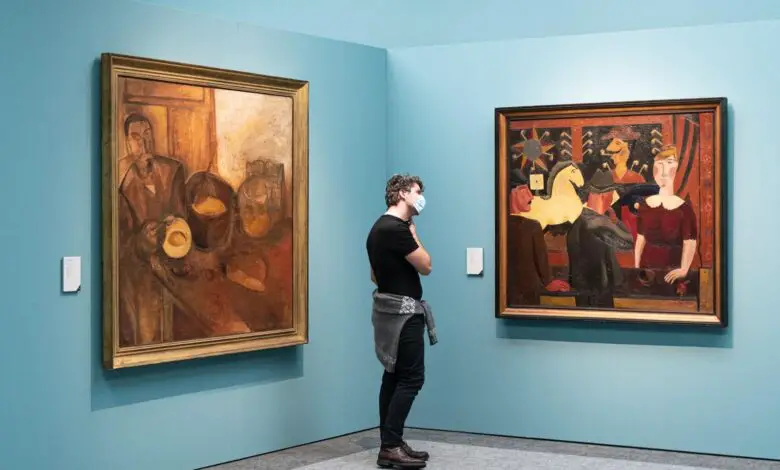
Making your debut into the art world is a nerve-wracking event. On one hand, you are likely excited to be showing off your work and looking forward to all the opportunities it could bring. At the same time, you may be feeling anxious and worrying about how your art will be received.
The truth is, if you do not put yourself out there, you’ll never know how people feel about your work. Therefore, the best you can do is make your first exhibition a marvel that art connoisseurs in your locale will write about. How do you pull that off, you ask? Well, read on.
Finding the Right Gallery
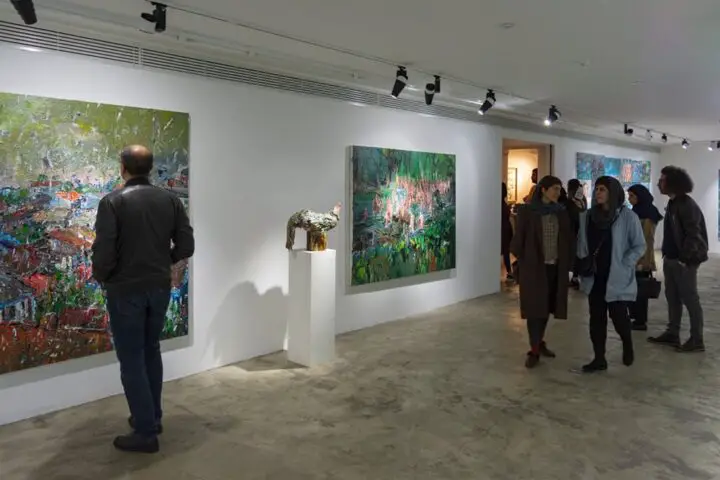
Choosing the right art gallery is a make-or-break decision for your exhibition. Some venues are held in higher esteem than others and have higher odds of attracting influential art enthusiasts and critiques. In contrast, galleries with less visibility may yield you a more low-key turnout.
Try and market your art as best as you can to a gallery that you feel would resonate with your target audience. However, ensure that any agreement you come to with the gallery does not take unfair advantage of your art. Insist on getting a formal agreement in writing so that it is contractually binding. You should also read the fine print on the contract to avoid exploitative clauses and loopholes.
If the art scene in your town is not particularly vibrant, do not be afraid to spread your wings. Make inquiries in nearby cities to find a gallery that would be willing to host your exhibition. Sometimes, expanding your circle is the only way to catch a break.
Publicity
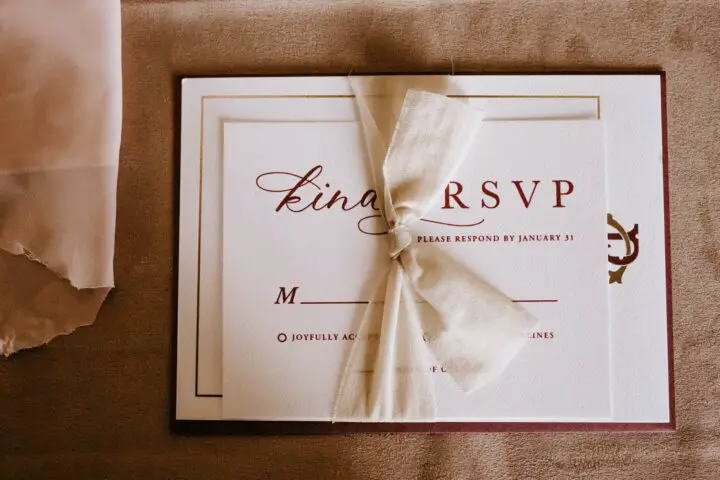
An art debut is like launching a Box Office movie; people need to know the release date so that they can show up and see it. Prominent galleries usually have publicists on their payroll to handle such matters. However, if your gallery does not have one, you can curate a guest list to send invites out to.
Think of your guest list as a stack of dominos. First, aim for art writers, bloggers, and critics as they are likely to mention your art in their writing or social circles. This will give you more publicity and could open some doors for you. In addition, ask your host gallery to send invites to their art collectors and their buyers. This group of guests would likely buy a few of your pieces for a nice chunk of change which is equally important.
For your own comfort, remember to invite those near and dear to you. Seeing a familiar face in the crowd can be the one thing that gets you through the exhibition. More so, if you get nervous in rooms full of people judging your work.
Ambiance
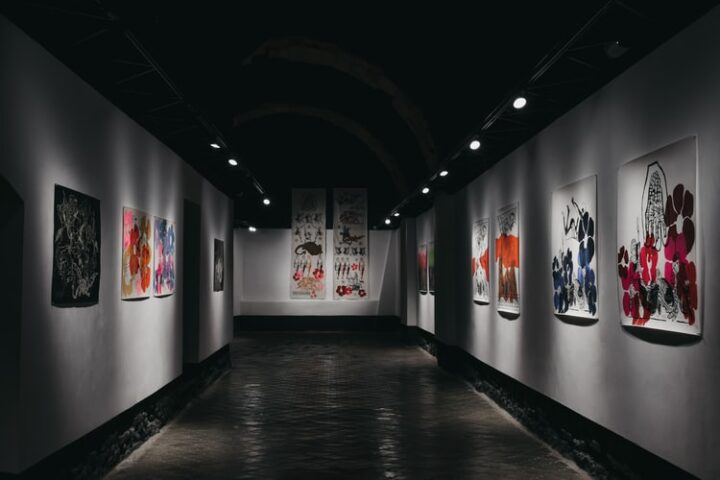
Upscale galleries often have an established system on how they handle events. They likely have a caterer, a host, as well as staff to handle sale procedures and other details. This would make your work easier as most of the intricate details are handled.
On the flip side, some galleries may not have it all figured out. You would have to work together with them to figure out how to set up for the event and how everything will run. This is not necessarily a terrible thing. It gives you control to set the ambiance to represent your brand. Consider setup tips such as:
- Areas near art displays should not be obstructed.
- All art should be easily accessible and not hidden by walls or plants or light fixtures.
- Distracting installations or decor can be removed temporarily to allow the art to stand out.
Lighting
Lighting is a fundamental aspect of exhibiting art. The wrong light can cause your work to appear shabby or it can make it impossible for guests to clearly see the details of various pieces. For this reason, it would be best if you supervise the installation of your pieces hours before the event. This will give you a chance to make any lighting adjustments if necessary.
Avoid lighting that casts glares as it would make it impossible to see the artwork. Warm light is also more flattering than cold white light. If the lighting in the gallery does not match up to such standards, consider using LED strips for the event. They can quickly be installed and removed thereafter. You could also go for CCT or dimmable LEDs that give you more control over brightness and the color of the light. For a more refined look that conceals the strip, you can mount them on LED extrusion profiles which can be found at Elstar.
Personal Presentation
The artist often attracts just as much interest as the art. There will be loads of people coming up to you with questions, compliments, and even criticism. It helps to prepare for all this by looking presentable and working on your responses beforehand.
This way, when guests walk up to you, you will feel confident and handle all interactions with charm and ease. Make an effort to have some business cards with you as well, they may come in handy when networking.
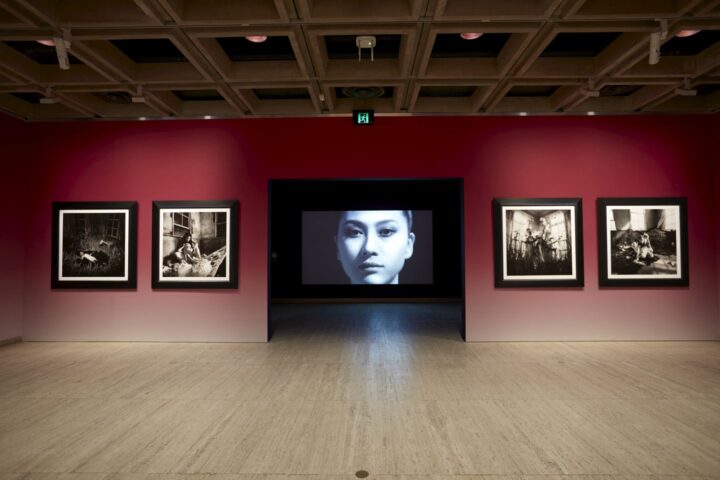
Conclusion
Human beings are fascinated by art and fortunately, everyone seems to have unique preferences for it. The chances are that no matter how nervous you are, there will be people who appreciate your work. So, take the big leap and share your art, the world might just give you a soft landing.
